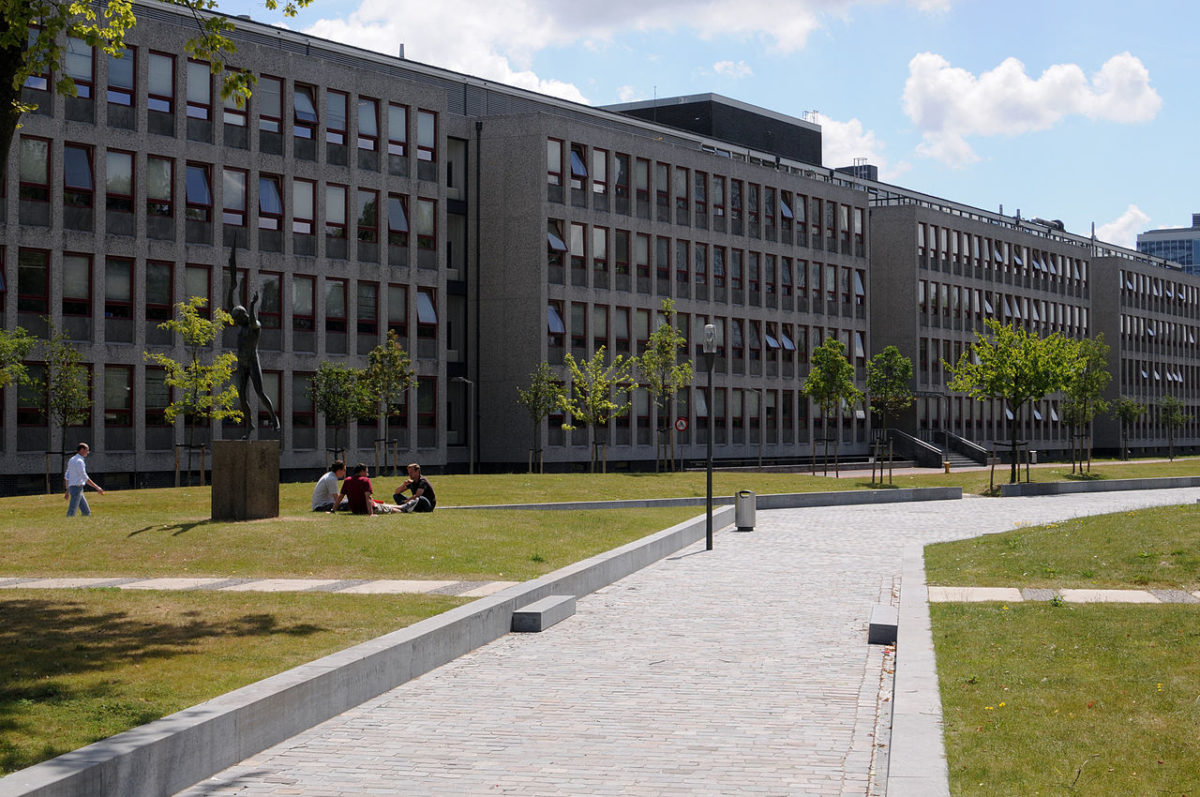New research from the Delft University of Technology (TU Delft) and the University of Amsterdam in the Netherlands has described all the new advances and materials in the application of carrier multiplication (CM) techniques in the development and production of solar cells and PV devices.
Carrier multiplication is a very promising process that, if applied with success, may dramatically increase the efficiency of PV devices. The process occurs when the absorption of a single photon results in the excitation of multiple electrons. In conventional solar cells, a single photon is able to excite only one electron across the bandgap of the cell, which makes all high-energy free carriers dissipate as heat.
Carrier multiplication is claimed to have the potential of bringing photovoltaics closer to exceeding the Shockley–Queisser – the maximum theoretical efficiency that a solar cell using a single p-n junction can possibly reach, calculated by examining the amount of electrical energy that is extracted per incident photon. To date, however, it has been applied to solar only in experimental research.
According to the Dutch researchers, the choice of the semiconductor materials enabling the effective exploitation of CM in solar cells and their bandgap should be between 0.6–1.0 electronvolt (eV), which would result in a maximum theoretical efficiency of around 44%.
They described a series of promising semiconductor materials, pointing out that 2D and bulk materials exhibit a near-ideal CM, with a low threshold photon energy and appreciably quantum yield (QY). The quantum yield describes the averaged number of excitons per absorbed photon.
Popular content
The scientists highlighted that three main conditions have to be met to make this process viable in a PV device. The first one is asymmetric photoexcitation, which makes the excess photon energy move to the electron or the hole so that the CM threshold can be close to twice the bandgap. The second condition is that the exciton binding energy must be sufficiently small to generate free charge carriers. Furthermore, charge carrier mobilities need to be high enough for efficient charge carrier transport and collection at electrodes in a PV device.
“To efficiently harvest the solar spectrum and utilize the photon energy above the bandgap, the latter should have a value in the range 0.6–1.2 eV,” the Dutch group stated. “For photodiode applications, the optimal bandgap depends on the wavelength of the light to be converted into a photocurrent.” It also explained that these conditions were achieved with materials such as percolative lead selenide (PbSe) networks, bulk tin-lead (Sn-Pb) halide perovskites, and molybdenum ditelluride (MoTe2).
The academics also suggested that future research should improve electronic structure calculations to support development of new materials in which asymmetric transitions occur, leading to a lower CM threshold. Their findings were presented in the paper Emergence of new materials for exploiting highly efficient carrier multiplication in photovoltaics, published in Chemical Physics Review.
This content is protected by copyright and may not be reused. If you want to cooperate with us and would like to reuse some of our content, please contact: editors@pv-magazine.com.



4 comments
By submitting this form you agree to pv magazine using your data for the purposes of publishing your comment.
Your personal data will only be disclosed or otherwise transmitted to third parties for the purposes of spam filtering or if this is necessary for technical maintenance of the website. Any other transfer to third parties will not take place unless this is justified on the basis of applicable data protection regulations or if pv magazine is legally obliged to do so.
You may revoke this consent at any time with effect for the future, in which case your personal data will be deleted immediately. Otherwise, your data will be deleted if pv magazine has processed your request or the purpose of data storage is fulfilled.
Further information on data privacy can be found in our Data Protection Policy.